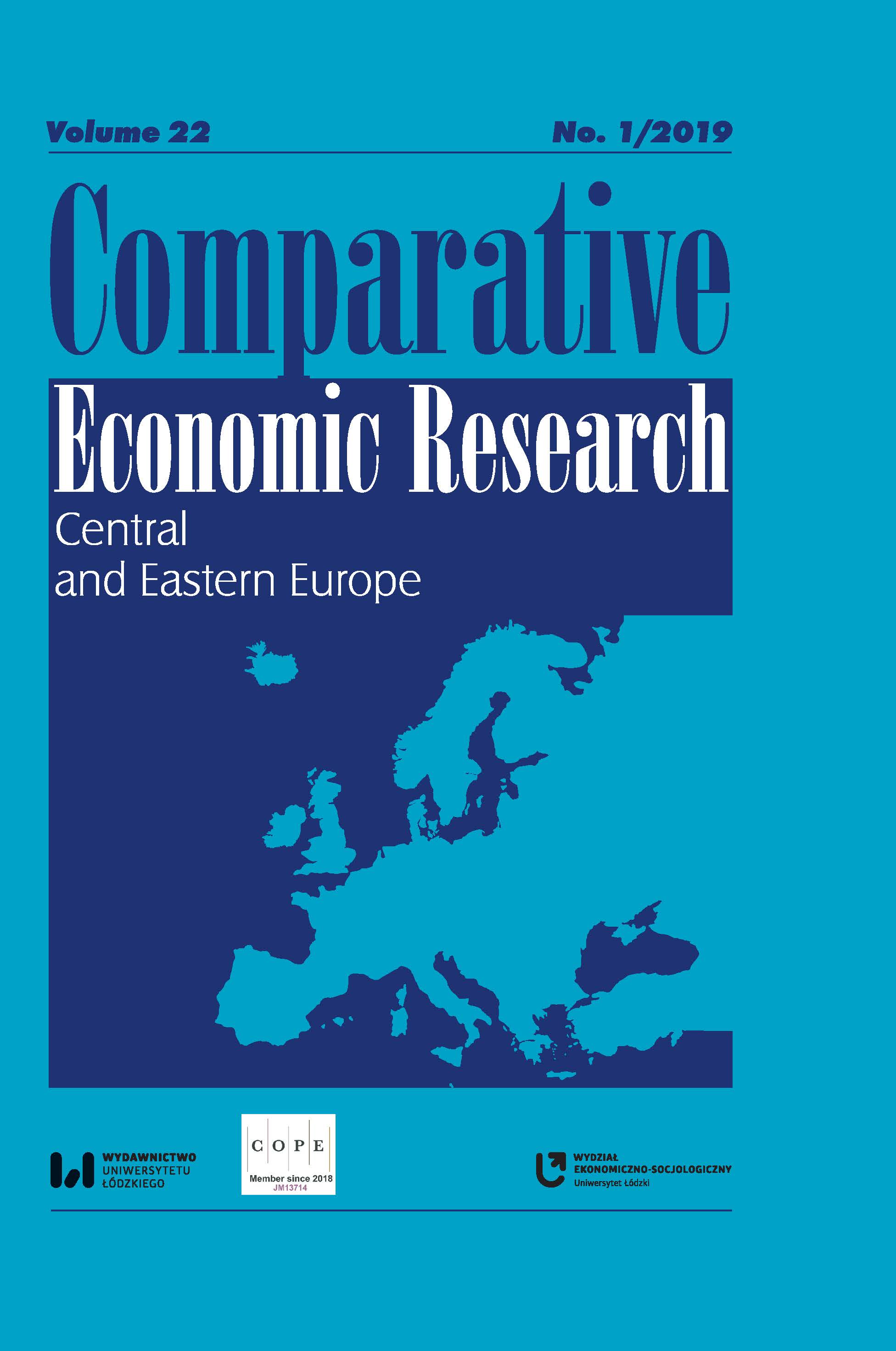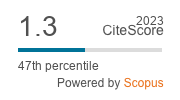The Impacts of Financial Inclusion on Economic Development: Cases in Asian‑Pacific Countries
DOI:
https://doi.org/10.2478/cer-2019-0001Keywords:
Asia, account, ATMs, bank, credit, economic development, financial, inclusionAbstract
Financial inclusion efforts seek to ensure that all members of an economy can have access to and effectively use appropriate financial services. Improving financial inclusion has become a significant concern for developed and developing countries alike. There are many indicators of financial inclusion, the most elementary of which includes having an account in a financial institution. This paper will evaluate the impact of indicators of financial inclusion on economic development. The result shows that correlations exist between large numbers of bank branches, ATMs, domestic credit in the private sector and the increased rate of development in the economy. People will gain a more prosperous life due to this development. The paper also provides recommendations for the governments of developing countries to improve financial inclusion.
Downloads
References
Anderloni, L., Bayot, B., Błędowski, P., Iwanicz-Drozdowska, M., & Kempson, E. (2008), Financial Services Provision and Prevention of Financial Exclusion. European Commission.
Google Scholar
Beck, T. (2016), Financial Inclusion – Measuring progress and progress in measuring. Claessens, S. (2006), Access to Financial Services: A Review of the Issues and Public Policy Objectives. Oxford Journals, 207–240.
Google Scholar
Das, K. (2012), Financial Inclusion – A Gateway to Sustainable Development for the Impoverished, “Journal of Rural Development”, 115–128.
Google Scholar
Demirguc‑Kunt, A., Klapper, L., Singer, D., & Oudheusden, P.V. (2014), The Global Findex Database 2014.
Google Scholar
HM Treasury (2007), Meeting the Aspirations of the British People. London: HM Treasury.
Google Scholar
Julie, O. (2013), The Relationship between Financial Inclusion and GDP Growth in Kenya.
Google Scholar
Okoye, L.U. (2017), Financial Inclusion as a Strategy for Enhanced Economic Growth and Development, “Journal of Internet Banking and Commerce”, Vol. 22, No. S8.
Google Scholar
Onaolapo, A.R. (2015), Effects of Financial Inclusion on the Economic Growth of Nigeria (1982–2012), “International Journal of Business and Management Review”, Vol. 3, No. 3, 11–28.
Google Scholar
Narayan, D., Patel, R., Schafft, K., Rademacher, A., Schulte, S.K. (2000), Voices of the Poor: Can Anyone Hear Us? New York: OUP.
Google Scholar
Recep, Y. (2012), Financial Inclusion and Economic Development: A Case Study of Turkey and A Cross‑Country Analysis. All These Paper 1352.
Google Scholar
Sampson, D. (2012), Definitions of Economic Development. International Economic Development Council (IEDC).
Google Scholar
Sarma, M. (2008), Index of Financial Inclusion. ICRIER Working Paper.
Google Scholar
Scottish Executive (2005), Financial Inclusion Action Plan. Scottish Executive.
Google Scholar
Sen, A.K. (1983), Development: Which Way Now? Economic Journal 93: 757–60.
Google Scholar
Sen, A.K. (1999), Development adds Freedom. New York: Alfred A. Knopf.
Google Scholar
Stein, P. (2010), Inclusive Finance. Korea‑World Bank High‑Level Conference on Post‑Crisis Growth and Development. Busan, Korea: World Bank.
Google Scholar
Wang’oo, E.W. (2008), The Relationship between Financial Inclusion and Economic Development in Kenya. University of Nairobi.
Google Scholar
World Bank (2014), Global Financial Development Report: Financial Inclusion.
Google Scholar
World Bank (2014), The Global Findex Database 2014.
Google Scholar
Downloads
Published
How to Cite
Issue
Section
License

This work is licensed under a Creative Commons Attribution-NonCommercial-NoDerivatives 4.0 International License.











